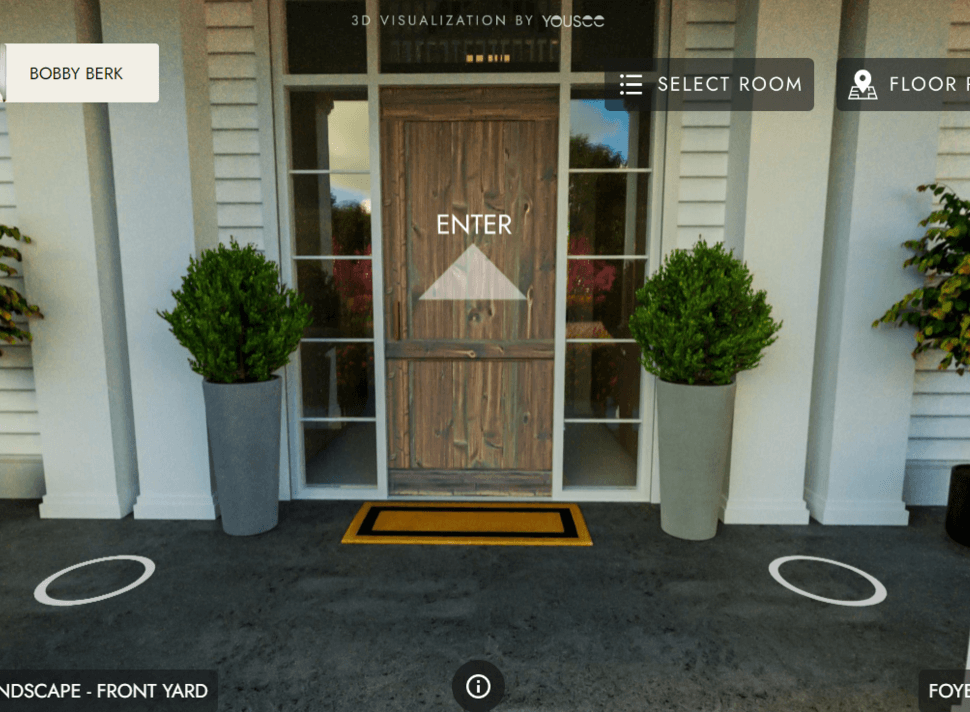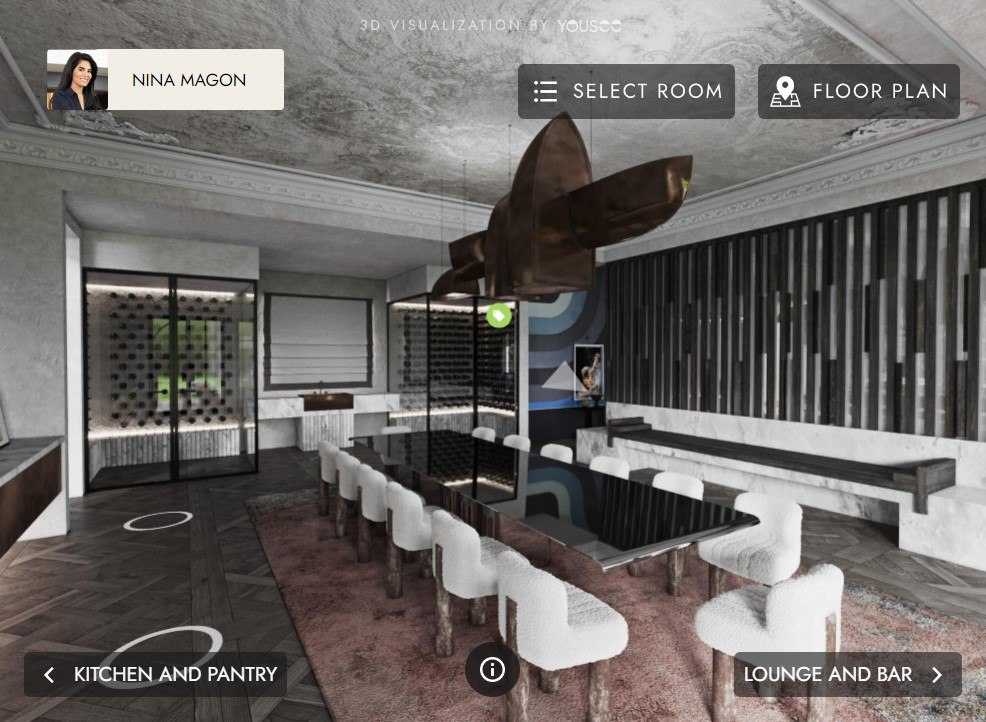Top Tools for Creating 3D Virtual Tours
The demand for immersive experiences has skyrocketed in today's digital landscape, with 3D virtual tours leading the charge. These captivating digital environments allow users to explore spaces from the comfort of their own devices, revolutionizing industries from real estate to tourism. A 3D virtual tour offers a dynamic, interactive journey through physical locations, providing a level of engagement that traditional photos and videos can't match.
As we delve into 3D virtual tour creation, it's crucial to understand the tools that make these experiences possible. This comprehensive guide will explore the cutting-edge software and hardware solutions shaping virtual exploration's future. Whether you're a seasoned professional or a curious newcomer, prepare to discover the technologies pushing digital immersion's boundaries.
The Evolution of 3D Virtual Tour Technology
Before we discuss the specific tools, it's essential to appreciate the rapid evolution of 3D virtual tour technology. What began as simple 360-degree panoramas has transformed into fully navigable, photorealistic environments that can be explored with unprecedented freedom.
In the early days, creating a virtual tour required specialized equipment and extensive technical knowledge. Today, thanks to advancements in computational photography and user-friendly software, the barrier to entry has significantly lowered. This democratization of technology has led to an explosion of creativity in the field, with creators pushing the limits of what's possible in virtual space.
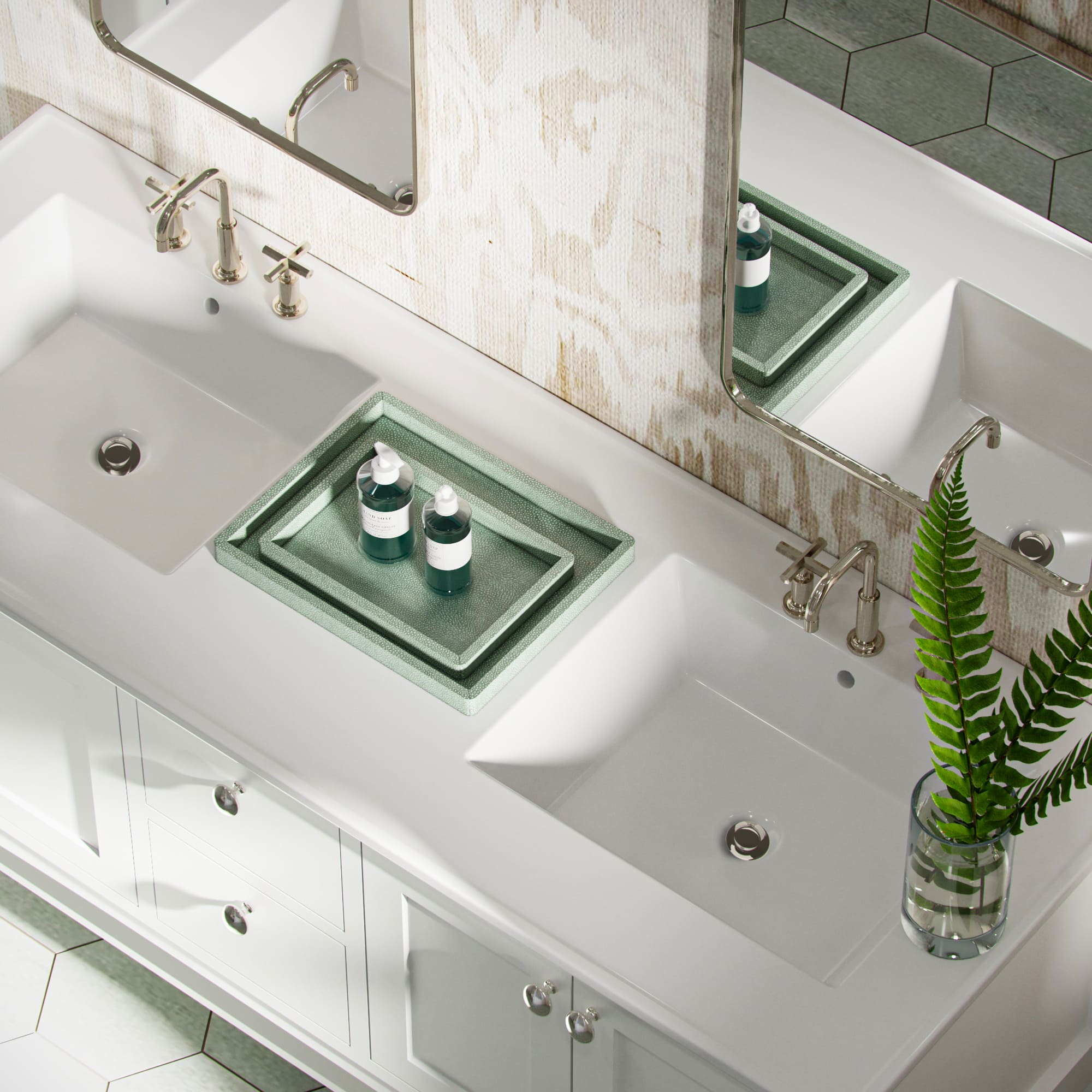 |
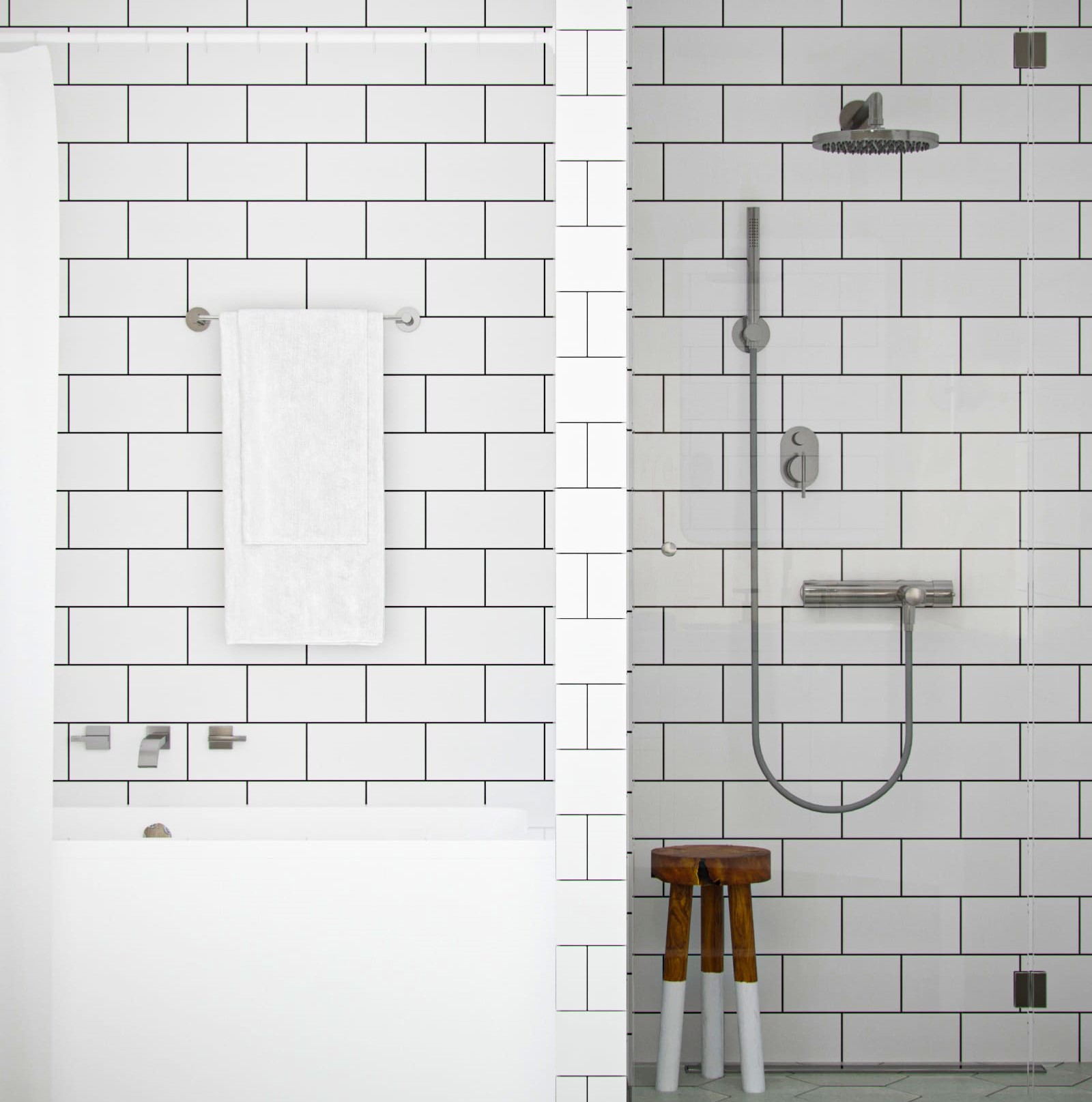 |
Image from Yousee Studio
The latest statistics reveal the growing impact of 3D virtual tours:
- According to a 2023 study by the National Association of Realtors, properties featuring 3D virtual tours receive 87% more views than those without.
- The global virtual tour market is projected to reach $1.8 billion by 2028, growing at a CAGR of 31.6% from 2021 to 2028.
- 74% of real estate agents report that virtual tours have become essential to their marketing strategy post-pandemic.
These numbers underscore the importance of mastering the tools and techniques for creating compelling 3D virtual tours. Let's explore the top solutions available to creators in 2024.
Matterport: The Industry Standard
When it comes to creating professional-grade 3D virtual tours, Matterport stands out as the industry leader. This all-in-one platform combines cutting-edge hardware with powerful cloud-based software to deliver stunningly realistic virtual environments.
Critical features of Matterport include:
- Proprietary 3D cameras capable of capturing spaces with millimeter-level accuracy
- Automatic stitching and alignment of captured images
- AI-powered object recognition for tagging and categorizing elements within the tour
- Integration with popular VR headsets for fully immersive experiences
What separates Matterport is its ability to create "digital twins" of physical spaces. These highly detailed 3D models can be used for virtual tours, space planning, measurements, and even virtual staging.
In 2023, Matterport introduced its new Pro3 camera, boasting a 20% increase in capture speed and improved low-light performance. This latest hardware iteration and continuous software updates cement Matterport's position at the forefront of 3D virtual tour technology.
Cupix: The Rising Star
While Matterport dominates the professional market, Cupix has emerged as a formidable competitor, particularly in the construction and facilities management sectors. Cupix's CupixWorks platform offers a unique 3D virtual tour creation approach, focusing on ease of use and integration with existing workflows.
Notable features of Cupix include:
- Compatibility with a wide range of 360-degree cameras, including smartphone-based options
- Automatic floor plan generation from captured imagery
- Advanced progress tracking tools for construction projects
- Seamless integration with popular BIM (Building Information Modeling) software
Cupix's innovative "Site Streams" feature allows for creating time-lapse 3D models, showcasing the progression of construction projects over time. This functionality has made Cupix a favorite among project managers and stakeholders who require regular visual updates on large-scale developments.
In a recent case study, a major commercial construction firm reported a 40% reduction in site visits and a 25% improvement in communication efficiency after implementing Cupix's 3D virtual tour solution.
iStaging: The Mobile-First Solution
Mobile-based 3D virtual tour creation has become increasingly viable as smartphone cameras continue to improve. iStaging leads the pack in this category, offering a comprehensive suite of tools designed specifically for mobile devices.
Critical advantages of iStaging include:
- No specialized hardware is required – create tours using just your smartphone
- Real-time preview and editing capabilities
- Built-in virtual staging options for real estate applications
- Easy sharing and embedding of tours on websites and social media platforms
 |
 |
Image from Yousee Studio
iStaging's LiveTour feature sets it apart from competitors by enabling real-time guided virtual tours. This functionality has proven particularly valuable in the post-pandemic era, allowing real estate agents to conduct remote property showings with unprecedented interactivity.
The platform's accessibility has led to rapid adoption, with iStaging reporting a 300% increase in user signups during 2023. This growth underscores the growing demand for mobile-friendly 3D virtual tour solutions.
Material: The Photogrammetry Pioneer
For those seeking the highest level of photorealism in their 3D virtual tours, Metareal offers a unique approach based on advanced photogrammetry techniques. By capturing hundreds or even thousands of overlapping photos, Metareal's software constructs incredibly detailed 3D models that blur the line between virtual and reality.
Standout features of Metareal include:
- Support for both indoor and outdoor environments
- Automatic texture mapping for ultra-realistic surfaces
- Integration with game engines like Unity for interactive experiences
- Custom branding and white-label options for agencies and enterprises
Metareal's technology shines in applications where absolute fidelity to the physical environment is crucial. Museums, for example, have embraced Metareal for creating virtual exhibits that capture every nuance of delicate artifacts.
In a groundbreaking project completed in 2023, Metareal partnered with the Louvre to create a virtual tour of the entire museum, comprising over 500,000 square feet of exhibition space. This massive undertaking required capturing more than 300,000 individual photos, resulting in a 3D model with unprecedented detail.
EyeSpy360: The Customization King
For creators who prioritize flexibility and customization in their 3D virtual tours, EyeSpy360 offers a compelling solution. This cloud-based platform emphasizes user control, allowing for extensive branding and interactive elements within tours.
Critical features of EyeSpy360 include:
- Support for both 360-degree photos and videos
- Drag-and-drop editor for adding hotspots, information panels, and multimedia content
- Advanced analytics for tracking user engagement and behavior
- Multi-language support for global audiences

Image from Yousee Studio
EyeSpy360's strength lies in its ability to create highly interactive and informative virtual experiences. The platform's "Guided Tour'' feature" allows creators to design predetermined paths through spaces, which is ideal for storytelling and educational applications.
A recent survey of EyeSpy360 users revealed that tours created on the platform saw an average increase in viewer engagement of 62% compared to traditional virtual tours, with users spending an average of 8 minutes exploring each tour.
The Role of Hardware in 3D Virtual Tour Creation
While software plays a crucial role in creating 3D virtual tours, the quality of the final product often depends on the hardware used to capture the initial imagery. Let's explore some of the top camera options available to creators in 2024:
- Insta360 Pro 2: This professional-grade 360-degree camera captures 8K 3D footage and 12K photos, making it ideal for large-scale virtual tour projects. Its six lenses and advanced image stabilization ensure seamless stitching and smooth navigation.
- Ricoh Theta Z1: A popular choice for mobile creators, the Theta Z1 offers impressive image quality in a compact form factor. Its dual 1-inch sensors capture high-resolution 360-degree photos and 4K video, perfect for quick and easy tour creation.
- Matterport Pro3: Purpose-built for Matterport's platform, the Pro3 camera combines LiDAR technology with high-resolution imaging to create accurate 3D models quickly and efficiently.
- Leica BLK360: This high-end laser scanner captures 360-degree imagery and precise 3D point clouds, making it ideal for applications requiring millimeter-level accuracy, such as architectural documentation.
The choice of camera depends on factors such as budget, desired image quality, and the specific requirements of the virtual tour platform being used. Many creators opt for a combination of devices, using professional-grade cameras for key spaces and more portable options for supplementary captures.
Emerging Trends in 3D Virtual Tour Creation
As technology continues to advance, new possibilities are emerging in the world of 3D virtual tours. Here are some exciting trends to watch:
- AI-Enhanced Tours: Machine learning algorithms improve various aspects of virtual tours, from automatic object recognition and labeling to intelligent path suggestions based on user behavior.
- Volumetric Video: This technology allows capturing moving subjects within 3D spaces, adding a new dynamism to virtual tours. Imagine exploring a historical reenactment or a live performance in a fully navigable 3D environment.
- Haptic Feedback Integration: As VR technology evolves, the integration of haptic feedback devices enhances the sense of presence in virtual tours. Users can now feel textures and resistance as they interact with objects in the virtual space.
- Real-Time Collaboration: Platforms increasingly focus on multi-user experiences, allowing groups to explore virtual tours together, communicate in real-time, and even make collaborative decisions within the virtual environment.
- Blockchain-Based Verification: To combat the rise of deep fakes and ensure the authenticity of virtual tours, some platforms are exploring blockchain technology to create verifiable, tamper-proof records of captured spaces.
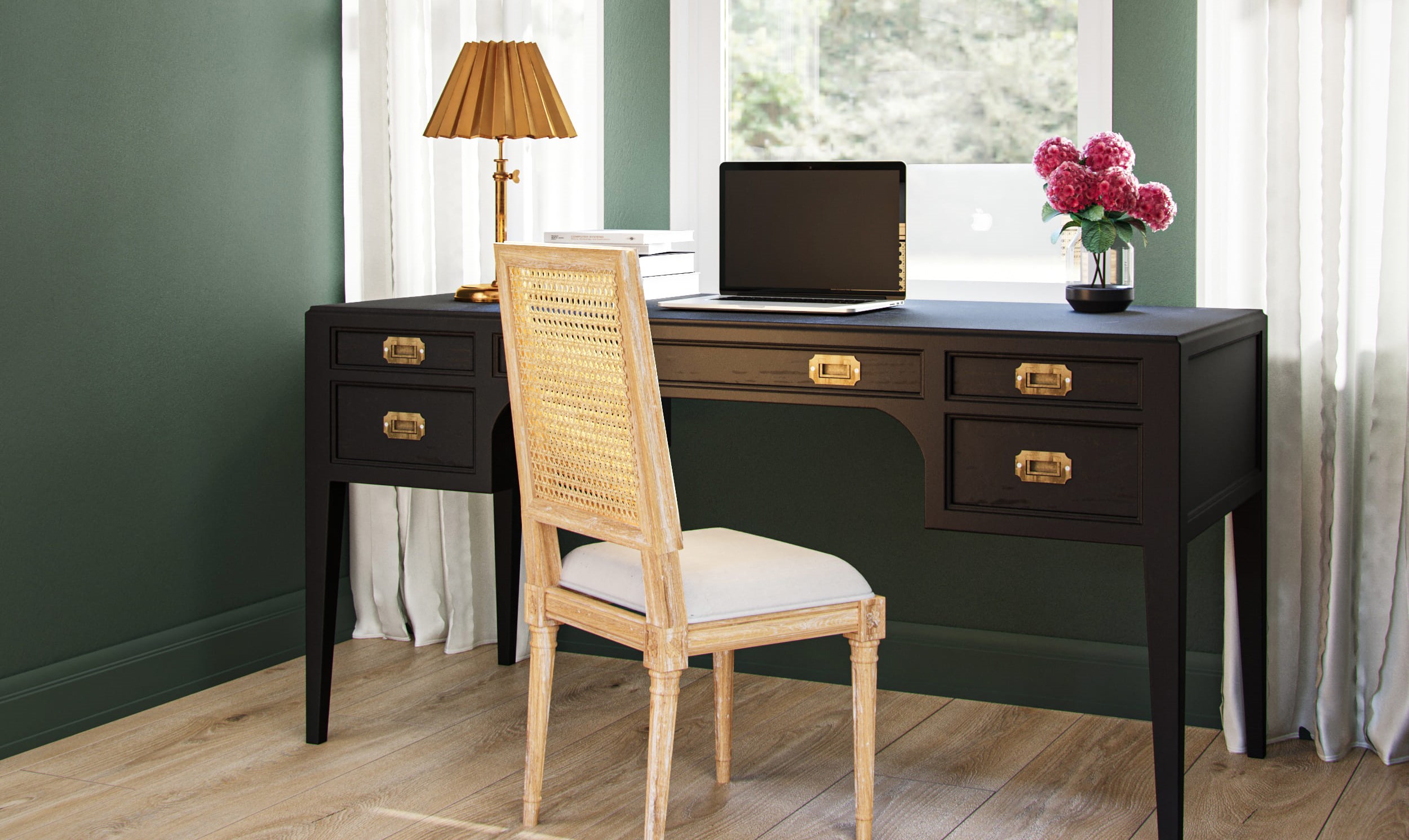
Image from Yousee Studio
These emerging technologies are set to push the boundaries of what's possible in 3D virtual tour creation, offering even more immersive and interactive experiences for users across various industries.
Conclusion: Crafting the Future of Digital Exploration
As we've explored the top tools for creating 3D virtual tours, it's clear that this technology is no longer a niche curiosity but a fundamental part of how we interact with and understand physical spaces in the digital age. From real estate and tourism to education and cultural preservation, the applications of 3D virtual tours continue to expand, limited only by the creativity of their creators.
The tools and platforms discussed in this article represent the current state of the art, but the field is evolving rapidly. As computational power increases, network speeds improve, and new capture technologies emerge, we can expect even more impressive and accessible solutions for creating virtual tours.
For professionals and enthusiasts alike, mastering these tools opens up a world of possibilities. Whether you're showcasing a property, documenting a historical site, or creating an immersive art installation, the ability to craft compelling 3D virtual tours is becoming an essential skill in our increasingly digital world.
As we look to the future, one thing is sure: the line between physical and virtual spaces will continue to blur, and those who can navigate and create in both realms will be at the forefront of this exciting digital frontier. So grab your camera, fire up your software of choice, and start exploring the boundless possibilities of creating 3D virtual tours.
Contact us at YouSee Studio for captivating 3D renderings and immersive virtual experiences.
Karen Spacey is a content writer and the author of this article.

